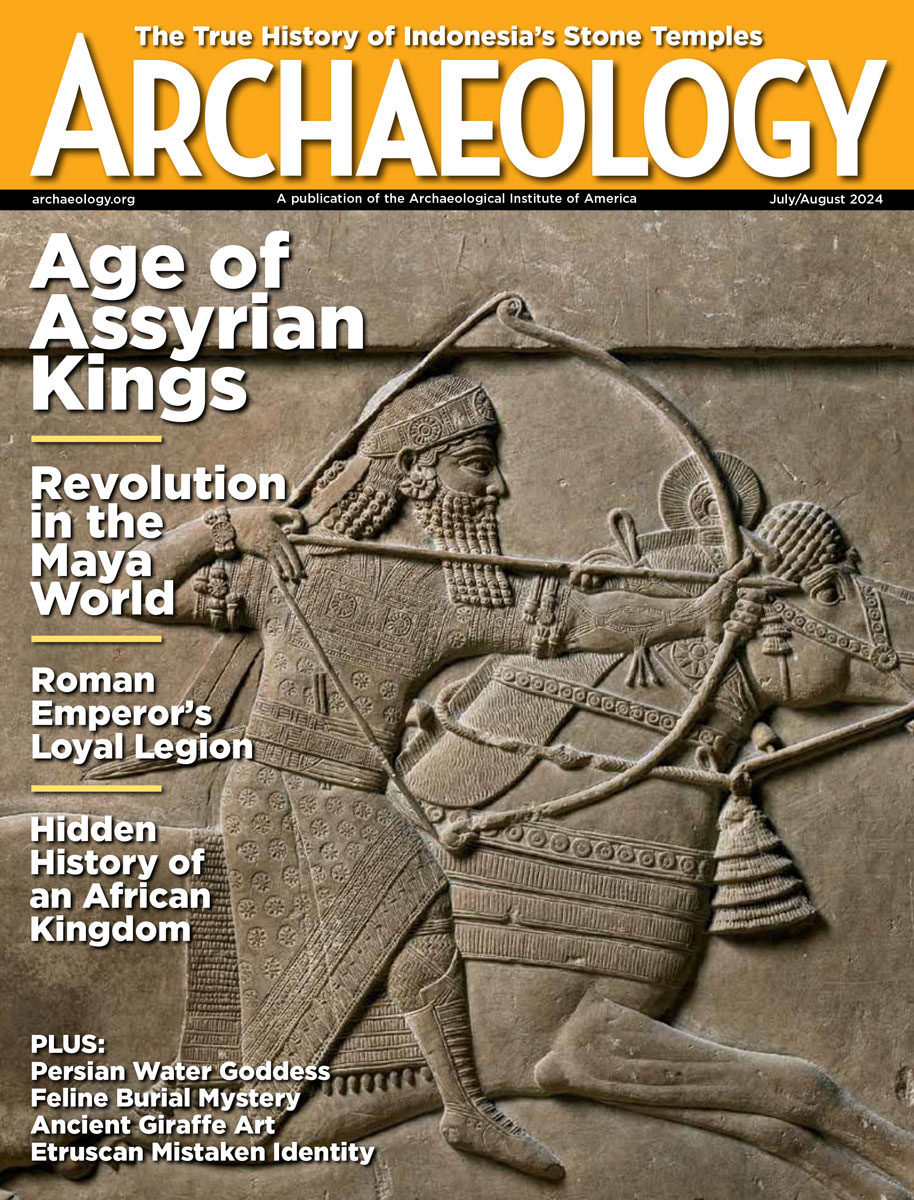Tuesday, August 5
August 5, 2008
Thai troops have reportedly pulled back from the thirteenth-century Ta Moan Thom temple, located several hundred miles west of Preah Vihear temple, near the border between Thailand and Cambodia.  The Thai News Service also claims that the number of troops at Preah Vihear temple will be reduced before the foreign ministers of the two countries meet again for talks later this month.   This editorial in the International Herald Tribune gives some historical background on the land dispute.
A 4,000-year-old skeleton unearthed in Sidon, Lebanon, is being called a Canaanite warrior. The young man had been buried with a spear and two stamps. Â
A study of genetic variations on Y chromosomes from men living in eastern and southern Africa suggests that animal-herding methods arrived in southern Africa 2,000 years ago, with a wave of Nilotic-language speakers. Agriculture arrived later with Bantu-language speakers. “I like the fact that the linguistic, genetic, and archaeological evidence all line up,” said doctoral student Brenna Henn. Â
Italy will soon return more than 90 artifacts that were smuggled out of Pakistan and recovered last year.  Â
A 900-year-old lead ampoule containing scented holy oil was uncovered near a fortification wall in the Bulgarian town of Veliko Tarnovo.  Â
Excavations continue in historic Virginia City, Nevada, at Thomas Maguire’s Opera House, which opened in 1863 and burned down in 1875. The theater featured the best actors during the days of the silver boom.  Â
Archaeologists are excavating the entrance to the abandoned mine tunnel where U.S. Forest Ranger Ed Pulaski led his 45-man fire-fighting crew to safety in 1910 during one of the worst fires in Idaho’s history. Pulaski invented an important fire-fighting tool the following year. The dig was prompted by recent looting at the site.  Â
The Revolutionary War gunboat Spitfire has been added to the Register of Historical Places. The Spitfire sank in 1776 during the Battle of Valcour Island, which delayed the British advance until 1777.
- Comments Off on Tuesday, August 5
Monday, August 4
August 4, 2008
Egyptologist Mark Lehner returned to his hometown in North Dakota for his high school reunion, and he gave a talk on the Giza Plateau Mapping Project. “I spent two years by hand putting a grid on the Sphinx and mapping every stone,” he told his audience. Lehner is also a member of ARCHAEOLOGY’s editorial advisory board.
In Scotland, archaeologists have located traces of Maiden Castle near Maiden Stone, erected by the Picts in the eighth century. There’s also an outline of a 2,000-year-old fort at the site, where a thirteenth-century castle still stands in ruin.  Â
Human remains that had been kept in the closet of a private home in Colorado will be repatriated. “Our best efforts will be made to connect the remains to contemporary tribes,” said Susan Collins of the Colorado Historical Society. Â
The New York Times has picked up on the competition between energy development in western states and the preservation of archaeological sites. “We’re caught in the middle between traditional culture and archaeological research and the valid existing rights of the oil and gas leaseholders,” said archaeologist LouAnn Jacobson, who manages both the Canyons of the Ancients National Monument and the Anasazi Heritage Center. Â
The British newspaper Telegraph has published an article on the new survey of the “graveyard of the Atlantic,” the wrecks of some 90 ships sunk during World War II off the coasts of North Carolina and Virginia. The ships sit in shallow water, and are a popular spot for divers. “The vast majority of divers just go to see, but it doesn’t take more than a handful to do a lot of damage,” said David Alberg, who is leading the project for the National Oceanic and Atmospheric Administration. Â
A few more details on the woman’s skeleton found in a lead coffin in northern Greece are available from Live Science. Traces of resins, oils, and spices and partially preserved tissues were recently discovered on the bones, which were unearthed in 1962.  Â
There’s a short video on Iran’s “salt men” at National Geographic News. Some think that the men may have been trapped in the salt mine by an earthquake.
- Comments Off on Monday, August 4









